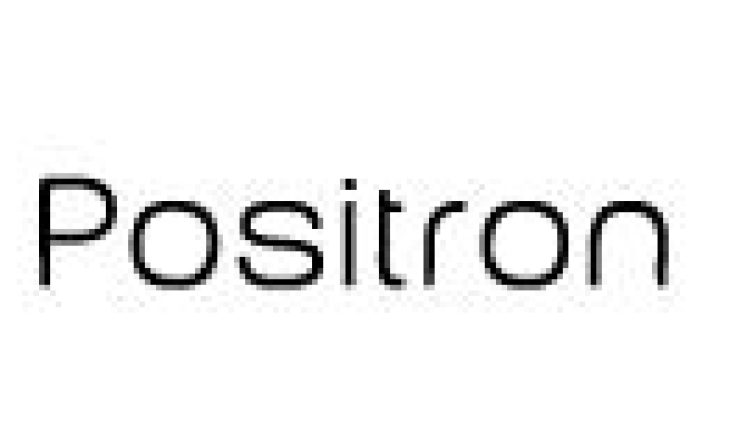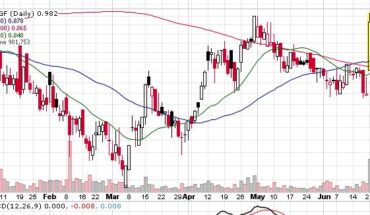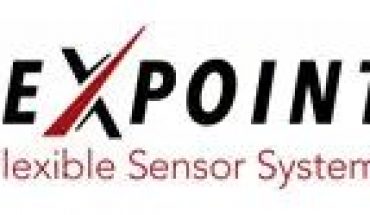Nuclear medicine PET imaging and clinical services firm Positron Corporation (OTCMKTS:POSC) is one of the companies which could well be on the radars of investors this morning after it made a key announcement yesterday. Before the start of the trading day, it could be a good move to take a look into it.
Market Action
On Tuesday, POSC stock ended flat at $0.7100 with more than 5K shares traded, compared to volume of 1.20K shares. The stock moved within a range of $0.7100 – 0.7100 after opening trading at $0.7100.
Positron Corporation Announces Plans for Clinical Study of its New “Affinity PET-CT 4D” Nuclear Imaging Device
The company announced yesterday that it had decided to collaborate with Louisiana based Dr Bober and Ochsner Health with regards to the clinical study into its nuclear imaging device named Affinity PET-CT 4D. It should be noted that Dr Bober and Ochsner Health is the biggest non-profit healthcare academic system in the state of Louisiana.
The entire academic study is going to be funded by the company and the whole thing is going to be overseen by the Director of Molecular Imaging and Nuclear Cardiology at Dr Bober and Ochsner Health, Dr Robert Bober. It should be noted that a plan for the clinical study had already been presented by Dr Bober and it is, in fact, in line with the regulations of the United States Food and Drug Administration. Investors could do well to keep track of these developments.
Key Quote
Adel Abdullah, President of Positron, stated, “We are very pleased to be working with Ochsner Health and Dr. Bober, the pre-eminent opinion leaders in nuclear cardiology, who bring tremendous value to the assessment of our new PET-CT system. Dr. Bober is at the forefront of nuclear cardiology and has been instrumental in Positron’s progress throughout this whole process; he is a brilliant physician and consummate professional; we are very fortunate to have his guidance. The support and expertise of Dr. Bober and Ochsner Health enables Positron to launch our Affinity PET-CT 4D with full confidence as to the systems performance across both cardiology and oncology segments of nuclear molecular imaging.”




